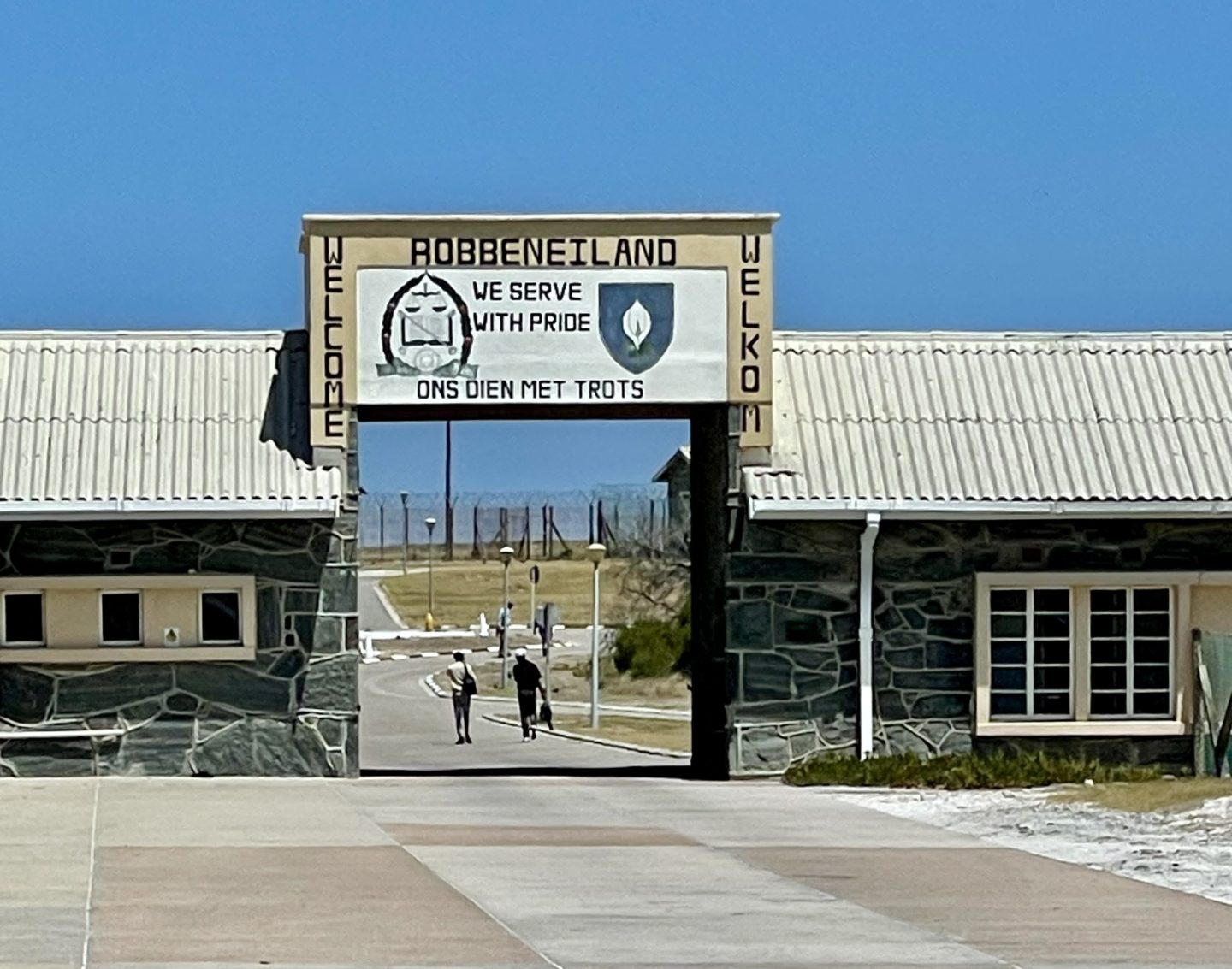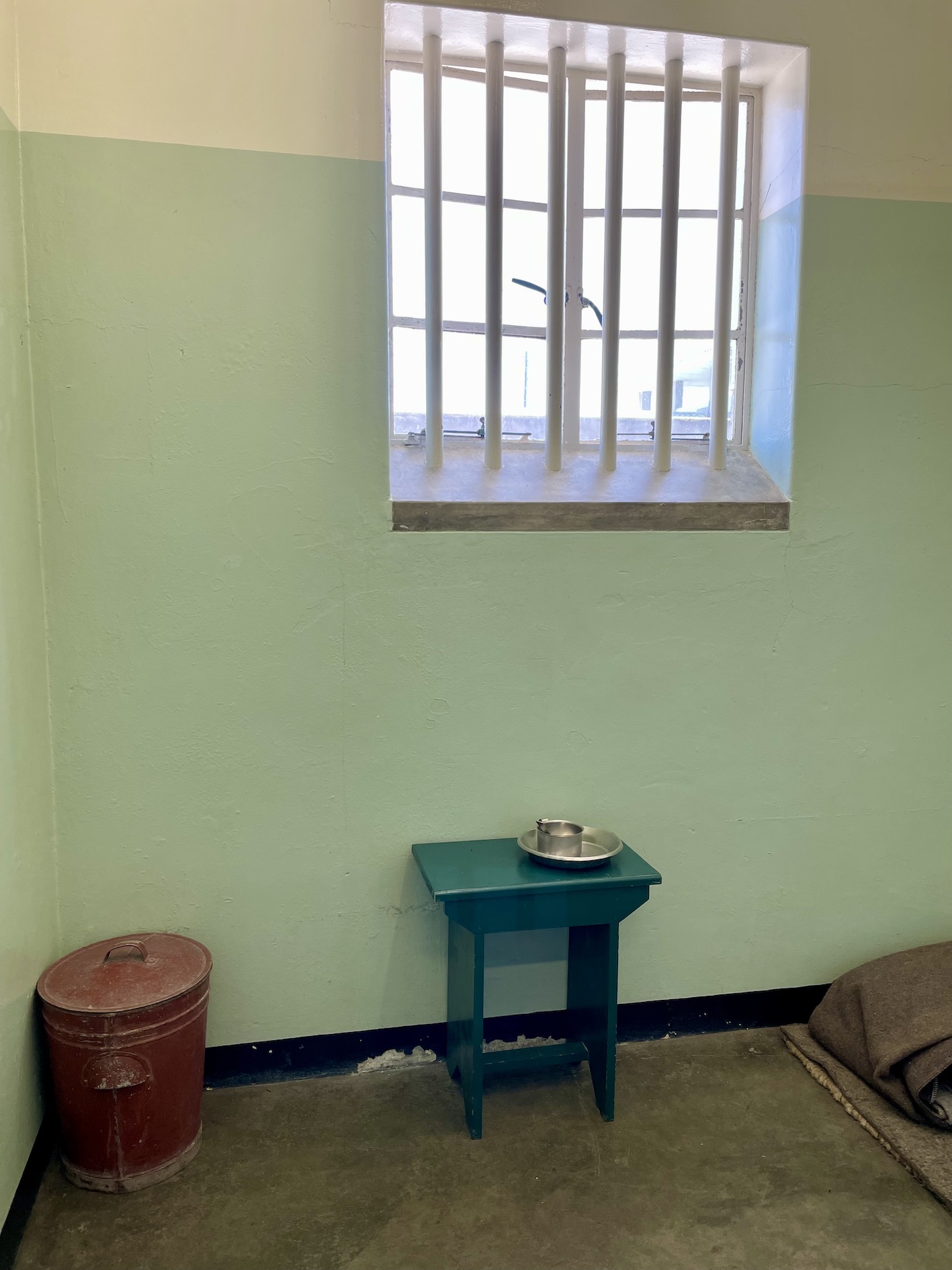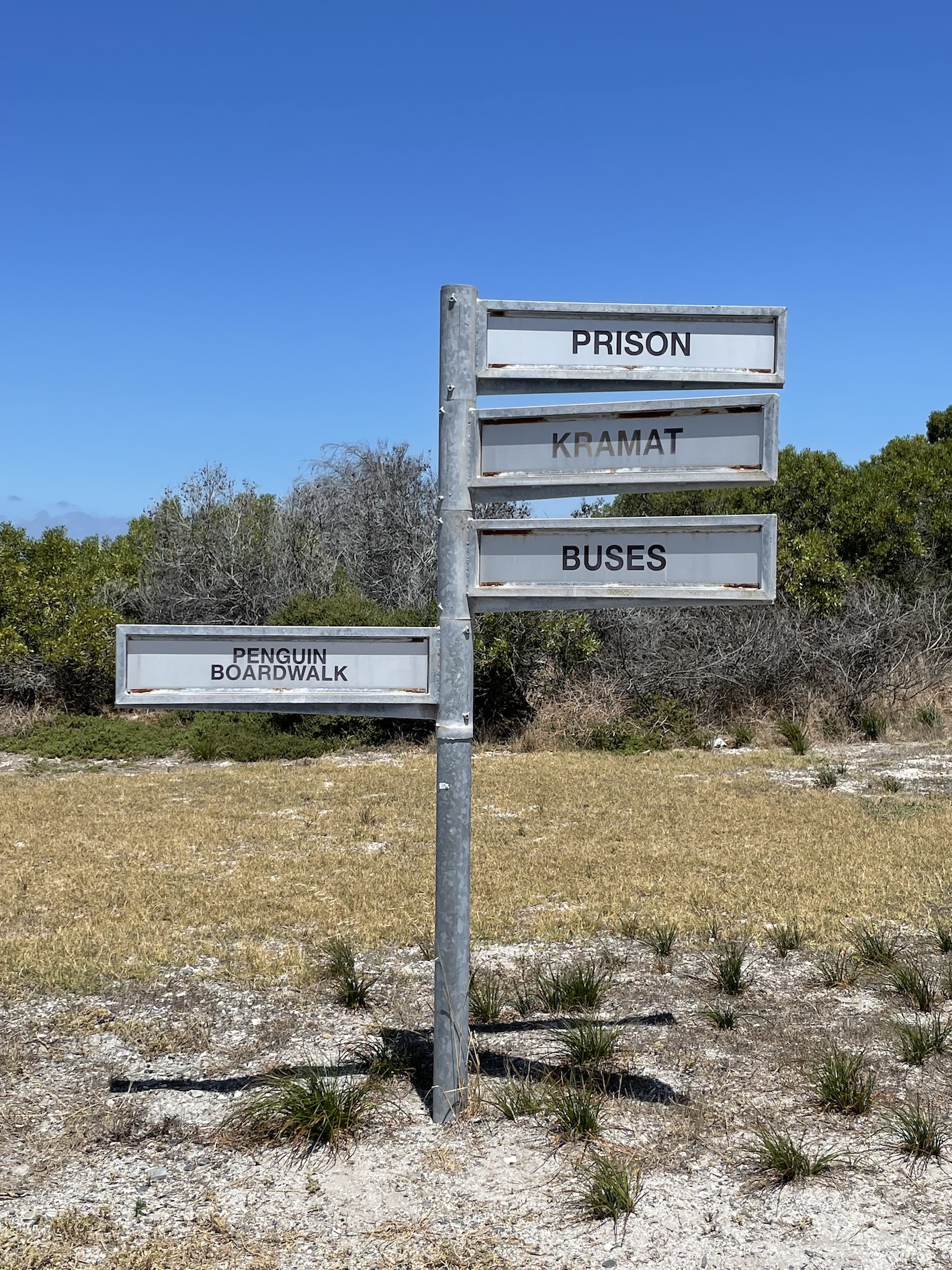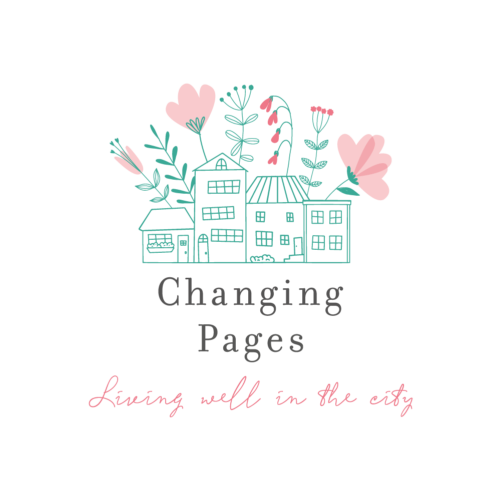
After any visit to Cape Town, the question you will be most frequently asked is “Did you go up Table Mountain”? swiftly followed by, “Did you visit Robben Island”? Cape Town is known for many things and its proximity to Robben Island is certainly one of them.
Like so many who visit Cape Town, we had a few must do’s on our list and a visit to Robben Island was very near the top of that list. It is of course the link with Nelson Mandela that most of us will know Robben Island for. Anyone who grew up in the 70’s and 80’s will have memories of apartheid. I have memories of distributing anti apartheid leaflets in Norwich in the late 80’s as a sixth former. I also clearly remember watching the news as Nelson Mandela’s release from prison became a reality as he was finally freed in 1990. It remains shocking to think that apartheid was not abolished until 1994.
Getting There
We visited in January 2022, it was soon after countries including the UK were opening up and travel was becoming less complicated again. Because of this it wasn’t busy and we were able to visit without pre-booked tickets. However, even with few crowds than is the norm, if I am honest, I wished we had booked in advance. The queue to get tickets although short was slow moving and not terribly efficient, so it would pay to be a little more organised than we were
The only way to visit is with a guided tour. The journey to Robben Island is by ferry and takes about 35-45 mins. It was a hot, calm day when we visited so our sea journey was uneventful. The onboard video about the history of the island is a really useful introduction of what is to come.
On arrival, visitors are directed to tour buses which is the mode of transport for the first part of the visit.
Background
Robben Island began its life as a leper colony in the 1800’s. From 1960 to 1991 it served as prison for around 3000 prisoners, the majority of whom were political prisoners. Nelson Mandela was incarcerated here for 18 years of the 27 he served between . In 1997, Robben Island became a museum and in 1999 it was recognised as a UNESCO world heritage site. Today tours to the island run from Nelson Mandela Gateway four times a day, most days.
The Tour
Each bus has its own tour guide. The group on our bus was I imagine fairly typical of those who visit Robben Island. A mixture of South Africans, Americans and Europeans. Our guide was affable and very knowledgeable with a clear passion for his subject. He gave us so much clear information, made it easy to ask questions and included many of his own anecdotes which included his proudest moment, a meeting with Nelson Mandela
The bus tour takes you around the island with stop offs at the lime quarry where prisoners alongside Mandela worked. Hard labour in the heat of the South African sun was part of the punishment. Since the abolishment of apartheid and the end of the prison, former prisoners have returned to lay a rock. This pile sits as a memorial at the entrance to the quarry.
Another stop is the house where Robert Sobukwe, the leader of the Pan Africanist Congress was held in solitary confinement for 6 years. Another stop takes in the church where prisoners worshipped and the former graveyard of those who died from leprosy.
I hadn’t realised the island was still inhabited. Former prisoners and staff live and work on the island. It’s interesting to think of these two groups who once opposed now living in harmony. Testament perhaps to the healing power of time. I wondered why those who had spent so much of their lives here not able to escape, choose to still live there, but perhaps it is the familiarity which makes it a comfortable place to be.
There is little which could be considered attractive about the island. It looks desolate and the current village is made up of utilitarian square dwellings.
The Old Prison
At the end of the bus tour visitors are deposited at the old prison where they are greeted by a former prisoner who takes on the role of guide for the next part of the tour.
Our guide, a slight, softly spoken man told us he was arrested and incarcerated at 18 years old and went on to serve an 18 year sentence on Robben Island. Sobering to think of how much of his life and formative years were spent locked up. One brave soul on our tour asked him what he was imprisoned for. Without hesitation, he listed a number of charges including multiple charges of murder. Our group became noticeably quieter after this revelation.
As we stood in the courtyard and the small garden attended by prisoners, listening to stories of life in the prison, the sun beat down upon us. There was nowhere to seek shade or hide from the searing heat. This small and temporary discomfort gave a glimpse of how it was day after day for those who were imprisoned here.
It is fascinating to hear of life inside the prison from someone who has experienced it first hand. Our guide spoke informatively of the routine of life there whilst showing us around the cells and communal areas. Of course everyone was interested to see the cell where Mandela resided. Like all the cells either side of it, it is small, bare and oppressive. A thin mattress, a tiny table and a bucket make up the basic furniture, whilst a window with thick white bars gives a glimpse of life outside of the cell.
There is lots of information on the walls of the prison and we were given plenty of time to read this unhindered and unrushed. This, alongside the first hand accounts from our guide lent a helpful reality to where we were.

Musings
There is something eerie about visiting old prisons. There is a coldness and desolation that lingers in the walls of the cells. The fascination about the intricacies of the workings of the prison contrasts with the sudden urge to leave. The freedom to walk away and leave the fear and desperation behind is poignant.
I felt this when visiting Alcatraz many years ago but there is a particular sadness which permeates the walls of the prison on Robben Island. Perhaps it was the nearness of such recent history which was so impactful, or perhaps it was the reality of stories told by a former prisoner.
The trip back to Cape Town was a quiet and reflective one. Reflections on all those who had been imprisoned on the island in brutal and often unfair circumstances and who never got the walk away. I reflected on all those families who lost loved ones to the unrelenting grasp of Robben Island, and I reflected on the lives of those like our prison guide who had finally walked free.
Robben Island is a reminder of a terrible time in South Africa’s history, but also a reminder of how precious freedom is. Those of us who have known nothing but freedom, have little idea of what it must be like to lose it. A visit to Robben Island is a poignant and necessary reminder of why we must never lose sight of that privilege.
If you have the opportunity to visit Cape Town then make sure to visit Robben Island too.

You might also enjoy


